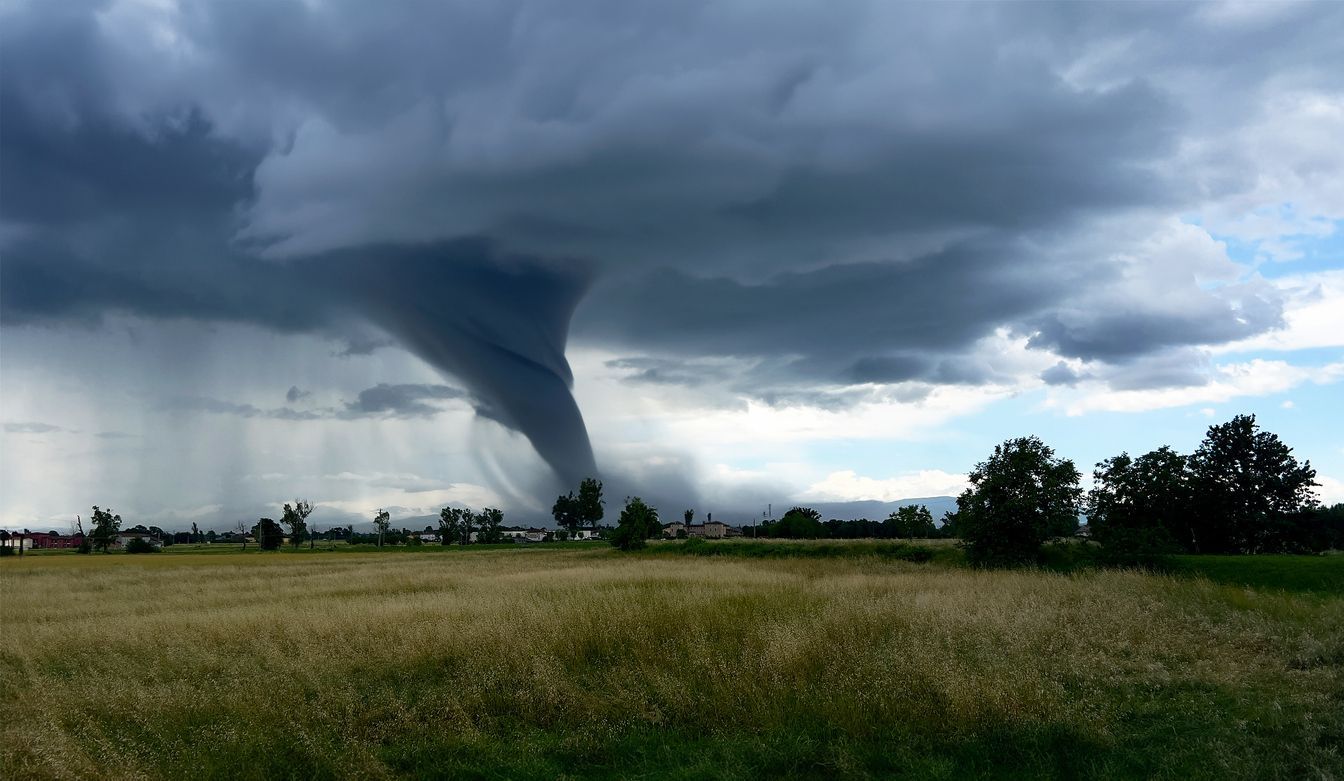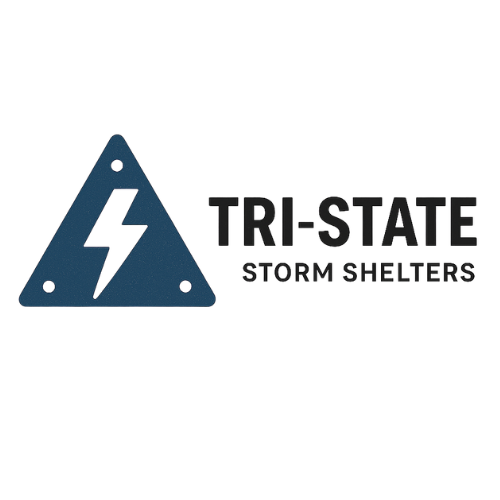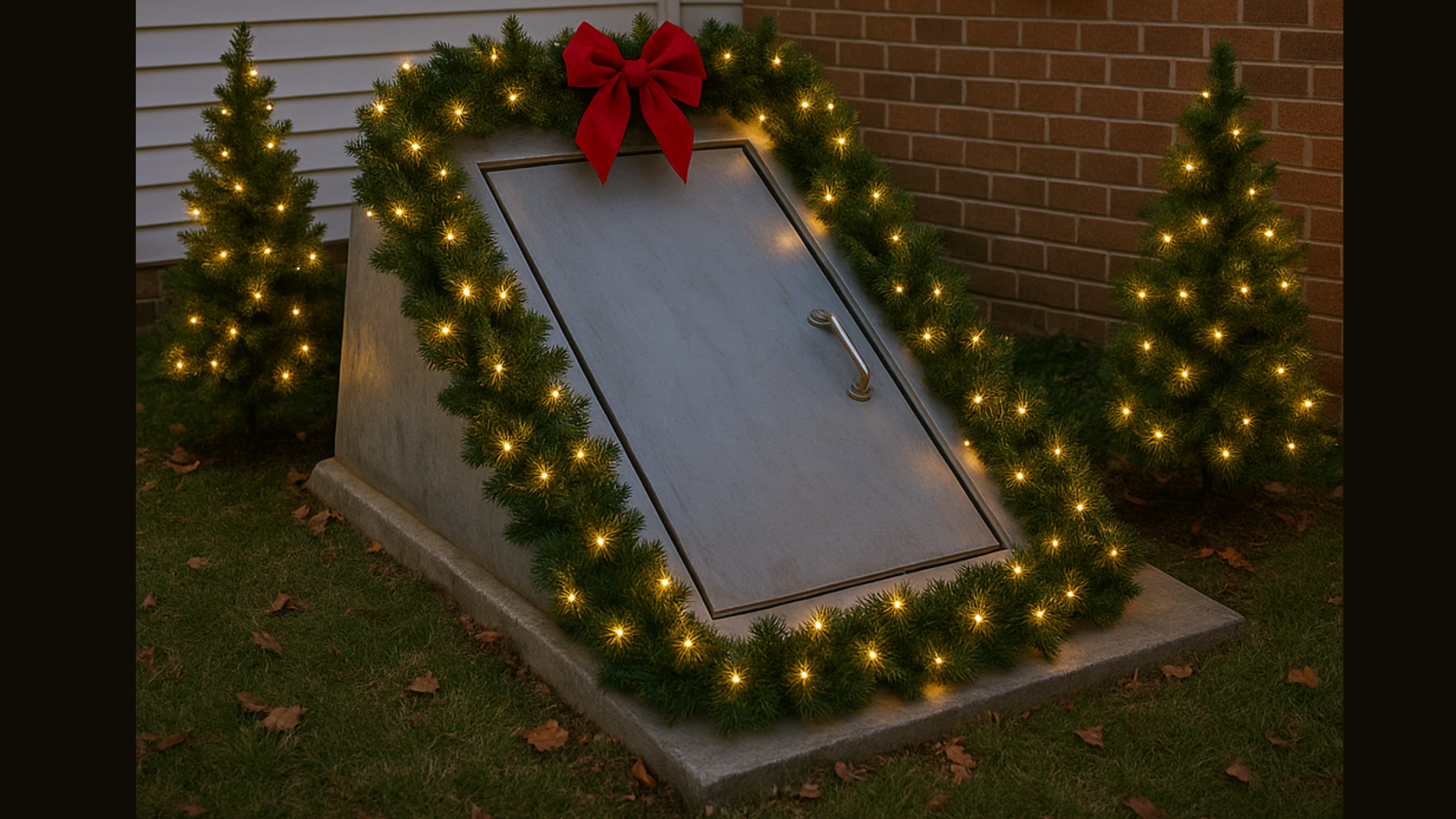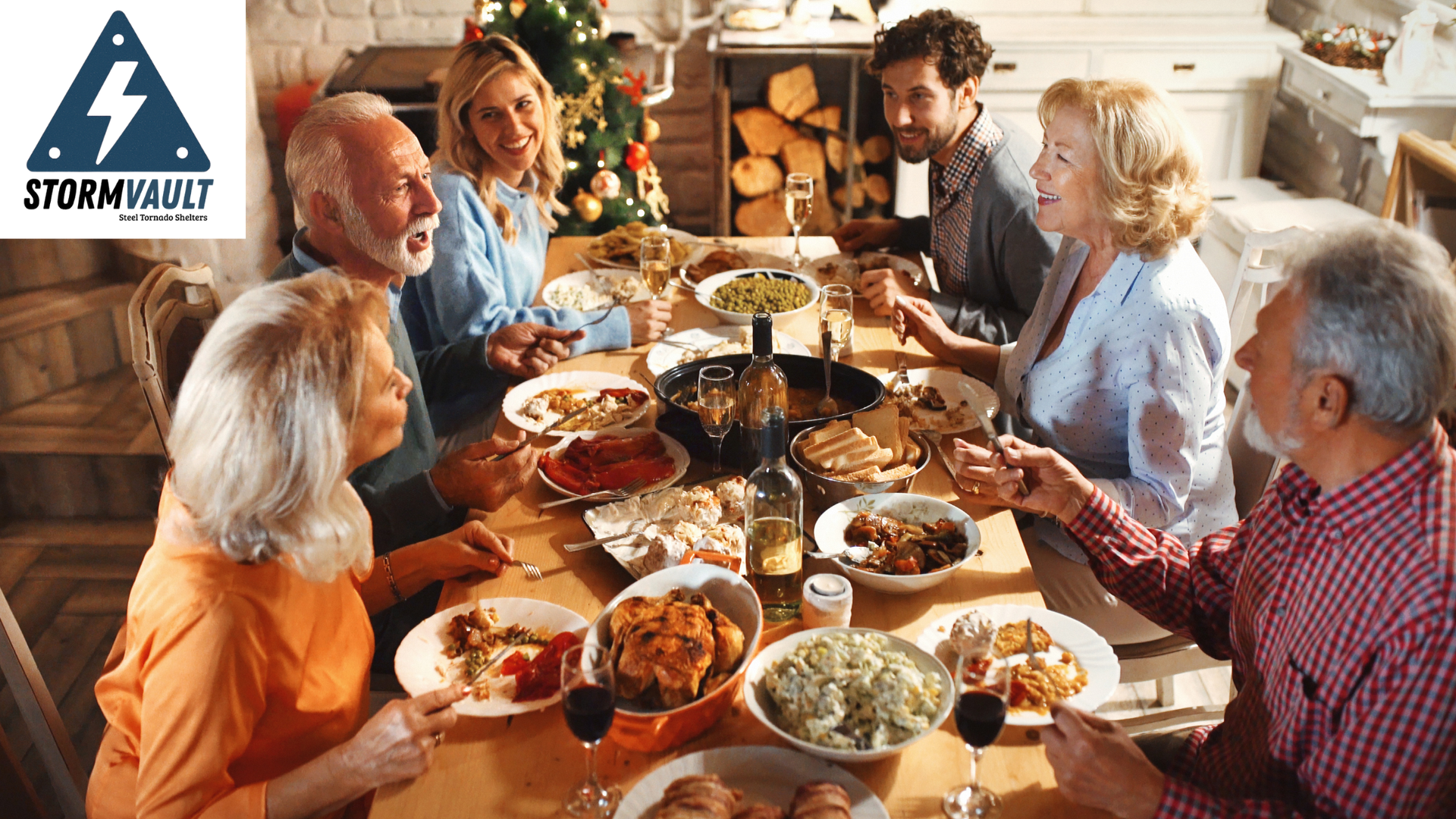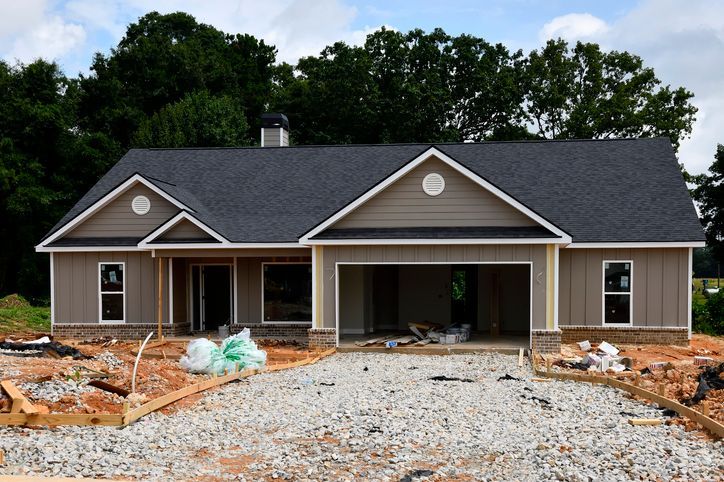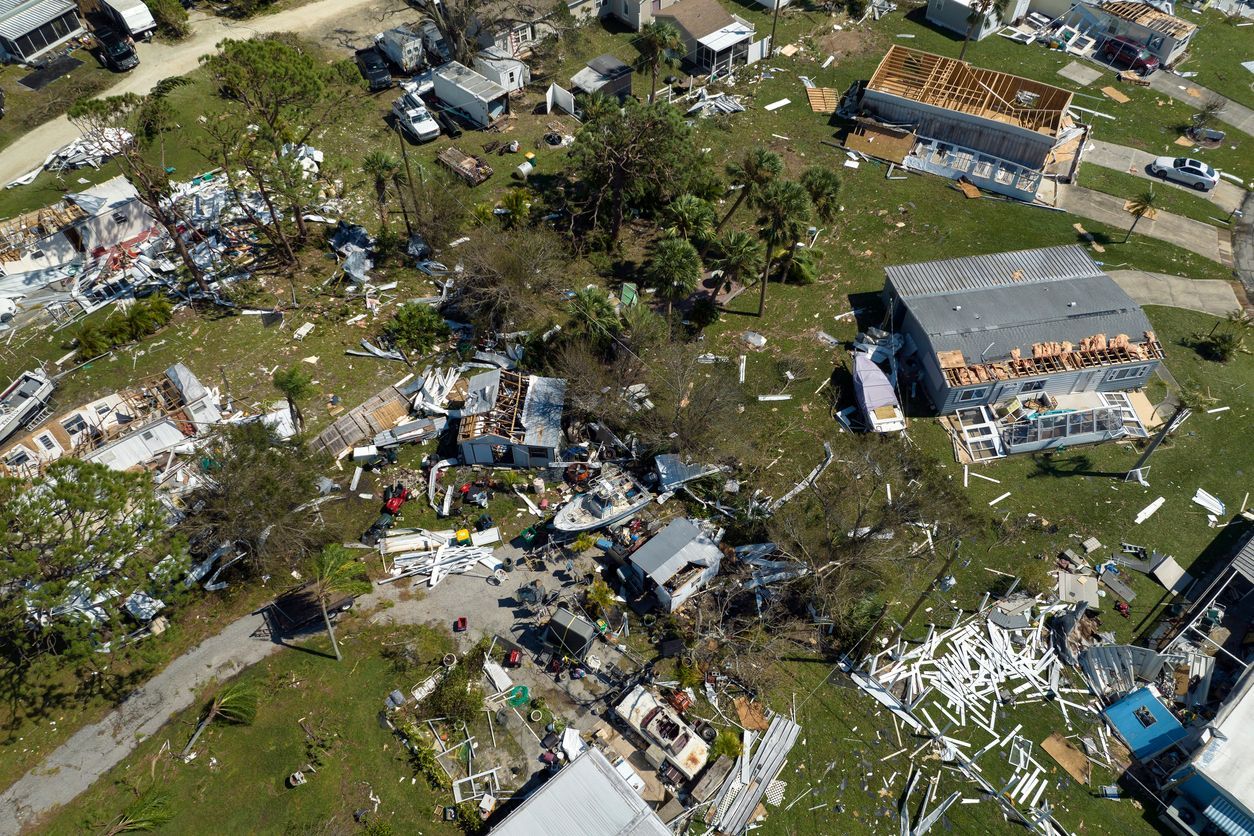The “How to” on Choosing the Right Storm Shelter for Your Family
When it comes to tornado safety, one of the biggest questions homeowners face isn’t “Do I need a shelter?” — it’s “Which shelter is right for me and my family?”
With multiple options available — above-ground, underground, garage-installed, or yard-installed — the choices can feel overwhelming. Add in the question of size (how many people your shelter needs to protect), and it’s easy to put off making a decision.
But here’s the truth: tornadoes won’t wait for you to decide. That’s why we’ve put together this practical guide to help you understand your options and choose the shelter that best fits your home, family, and lifestyle.
Above-Ground vs. Underground Shelters
The first choice most families face is whether to install an above-ground or underground storm shelter. Both are built to FEMA standards, both are engineered to withstand EF-5 tornadoes, and both can save lives. The difference comes down to accessibility, convenience, and your property’s layout.
🔹 Underground Shelters
Underground shelters are the classic choice. Installed below the ground, they offer maximum protection and stay out of sight when not in use.
Pros:
- Shielded from flying debris and direct wind force.
- Space-saving — blends seamlessly into your yard or garage floor.
- Stays cooler in hot weather, offering comfort during extended sheltering.
Cons:
- Requires stairs or a ladder to enter, which may not be ideal for elderly family members or those with mobility challenges.
- In areas with high water tables, underground placement may be limited.
Best For: Families with larger yards, new construction builds, or homeowners who want a hidden, permanent shelter solution.
🔹 Above-Ground Shelters
Above-ground shelters are installed at ground level, either inside your garage or outside on a concrete pad. They’ve grown in popularity thanks to improved engineering and accessibility.
Pros:
- Easy entry — no stairs, making them ideal for seniors, children, or people with mobility issues.
- Quick access during sudden nighttime storms.
- Can be placed in a garage, allowing families to stay dry while entering during heavy rain.
Cons:
- Occupies visible space in a garage or yard.
- May cost slightly more depending on customization.
Best For: Families who need accessibility, homeowners with limited digging space, or those in areas where underground placement isn’t possible.
Garage vs. Yard Installation
Once you’ve decided between above-ground or underground, the next question is where to install it. For most homeowners, the choice comes down to the garage or the yard.
🔹 Garage-Installed Shelters
Installing a shelter in your garage offers the ultimate convenience.
Why homeowners love it:
- Fast access: No need to step outside in dangerous weather.
- Discreet placement: Underground units sit flush with the garage floor, invisible when not in use.
- All-weather entry: Stay dry while moving to safety during heavy rain or hail.
Garage installations are especially popular for families with children — when seconds count, you want the quickest path to safety.
🔹 Yard-Installed Shelters
For homes without garages or when garage space is limited, a yard-installed shelter is an excellent alternative.
Benefits:
- Can be placed near the home for quick access.
- Offers flexible sizing options, including larger-capacity models.
- Ideal for rural properties with more open space.
Considerations:
- Families must step outdoors to reach the shelter, which can be risky in sudden or nighttime storms.
- Placement should balance easy access with safety — too far from the house, and it may be difficult to reach in high winds.
Choosing the Right Size
Another critical decision is size. A shelter that’s too small will leave family members uncomfortable — or worse, unprotected. A shelter that’s too large may be unnecessary for your household and property.
As a rule of thumb, FEMA recommends about 5 square feet per person in a storm shelter. Here’s a quick guide:
- 4–6 Person Shelter (20–30 sq. ft.)
Perfect for small families or couples. Compact, affordable, and efficient. - 8–12 Person Shelter (40–60 sq. ft.)
Ideal for medium-sized families or households that want extra room for neighbors, pets, or visiting relatives. - 12–20 Person Shelter (60–100 sq. ft.)
Designed for large families, multi-generational households, or community/group settings.
Don’t forget pets. Many families want to bring dogs or cats into the shelter during a storm. Factor in extra space for carriers, leashes, or crates if needed.
Other Factors to Consider
When deciding which shelter fits your needs, keep these additional factors in mind:
- Accessibility: Do you or a loved one need wheelchair access or stair-free entry?
- Budget: Storm shelters come in a range of sizes and prices.
- Neighborhood Setup: Do you want extra capacity in case neighbors join you during a storm?
- Future Plans: If you’re building a home, plan for a shelter that fits your long-term family size, not just today’s needs.
Real-Life Scenarios
To help you visualize the decision, here are a few examples:
- Young Couple Building Their First Home: They opt for a
garage-installed underground shelter, flush with the floor. Compact, out of sight, and ready for when kids arrive in the future.
- Family of Five in a Home Without a Basement: They choose an
above-ground garage unit so their kids don’t have to navigate stairs in the dark.
- Rural Homeowners With Plenty of Land: They install a
large-capacity yard shelter with room for extended family and pets, knowing they often host relatives during storm season.
Peace of Mind in Every Season
Whether you choose an above-ground or underground model, garage or yard installation, small or large capacity, the key is making the decision before the next storm hits.
Every year, families across tornado alley are caught unprepared, believing that a hallway or bathroom is “good enough.” The reality is simple: nothing protects like a purpose-built storm shelter.
By weighing your options now, you’re ensuring that when the sirens sound, your family already knows exactly where to go. No panic. No scrambling. Just safety and peace of mind.
Final Thoughts
Choosing the right storm shelter doesn’t have to be complicated. Think about your family size, your home’s layout, and your accessibility needs. Then select the option that fits your lifestyle best.
At StormVault Shelters, we help homeowners find the perfect fit every day — from compact garage units to spacious yard shelters. All of our shelters are engineered to meet FEMA standards and built to protect what matters most: your family’s life.
📞 Ready to explore your options? Visit stormvaultshelters.com or call us today to talk through the right shelter for your home.
